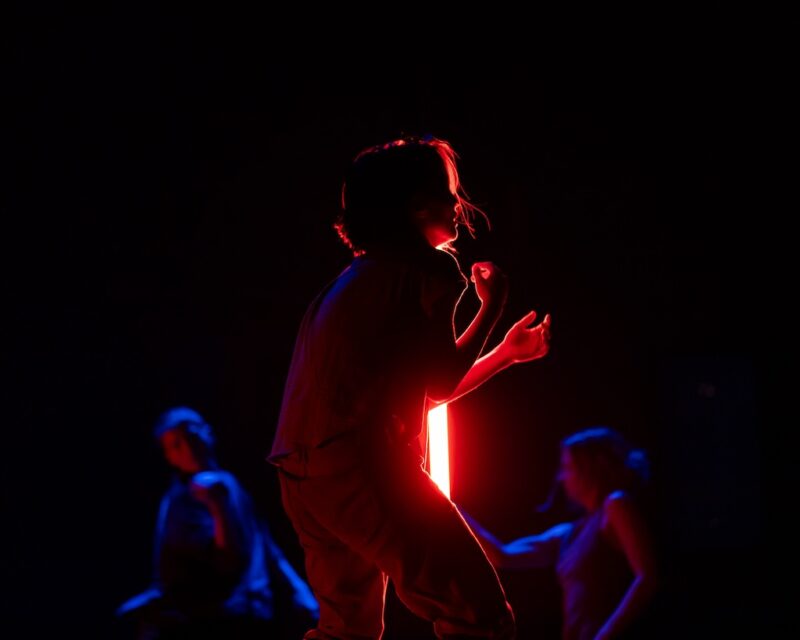 AUTOMATIC/withdrawal
AUTOMATIC/withdrawal
Films on the machine in the garden, and gardens of machines
The screening will take place at 218 W. Saratoga Street, Baltimore, MD 21201.
Showtime is at 9 p.m. (sharp!, so don’t miss the robot cars), and the program will last two hours, including an intermission. $6 at the door (cash only). Beer and wine is available for purchase (cheap!).
This program explores intersections between machines and landscapes through a series of avant-garde, documentary and industrial films. While the garden has long been seen as the great compromise between humans and the wilderness, the machines developed and perfected in the past century have made it possible for people to have complete control over the landscape. In other words, machines are no longer servant to gardeners, they are the garden itself. These films portray landscapes—real or imagined—made up of machines and people who try to reduce the impact of machines on nature.
All films will be shown on 16mm.
Ballet Robotique. Bob Rogers. 1983. 8 minutes.
Sponsored by General Motors, this film features robots in an automobile factory. Their actions are set to classical music, making this human-free film both beautiful and eerie.
A Fatal Beauty. Frederick Gutheim and Robert Cole. 1980. 19 minutes.
A sober documentary on the automobile-fueled surburbanization of Montgomery County, Maryland in the 1960s and 1970s, this film pits the area’s rural past against a dystopian high-growth present.
In Marin County. Peter Hutton. 1969. 10 minutes.
One of the first films made by the structuralist filmmaker Peter Hutton, this film is a meditation on the delight some people take in the destruction of rural environments in the name of progress. This film is seldom seen in Baltimore, and comes to us from Canyon Cinema in San Francisco.
INTERMISSION
Le Ballet Mecanique. Dudley Murphy and Fernand Leger. 1924. 11 minutes.
Like many Dadaist works, Le Ballet Mecanique is a collaborative and multimedia piece that combines images of machines and people in unlikely ways. After the film was made, the American composer George Antheil wrote a soundtrack that was matched with the film more than seventy years later. The film will be accompanied with Antheil’s score, which was recorded by the University of Massachusetts-Lowell Percussion Ensemble in 1999.
Small is beautiful: impressions of E.F. Schumacher. Donald Britain. 1978. 30 minutes.
The economist E.F. Schumacher became famous late in life as an advocate for a return to small-scale, low-impact living. His 1973 book Small is Beautiful argued that excess development would lead to the depletion of natural resources and the subsequent destruction of humanity. This gentle portrait of Schumacher, who spent his last years as a hero to the then-nascent environmental movement, was made shortly before his death.
The Works of Calder. Herbert Matter. 1950. 20 minutes.
Herbert Matter, the subject of a documentary to be released later this year, was an innovative graphic designer known for his use of photomontage in advertising. Part of the New York art scene in the 1950s, Matter made his first and only film, on the sculptor Alexander Calder, at the behest of the Museum of Modern Art. Connecting Calder’s moving sculptures with patterns in nature, this film harmonizes the machine and the garden.
Nineteen23 is a monthly film series highlighting the diversity of short, non-theatrical films made since the 16mm film gauge was introduced in 1923. From documentary and avant-garde cinema to factory and scientific films, this series will feature work that was never screened in movie theaters and is not available on DVD. These lost genres and forgotten modes will be resurrected each month, along with contemporary work that has been influenced by this long shadow of the cinema.



